Opening: 18:00, August 20th, 2011 (Saturday)
Duration: August 21th - September 7th, 2011
Venue: National Art Museum of China
Organizers: National Art Museum of China, Taikang Life Insurance Co., Ltd.
Chief Adviser: Fan Di’an
Chief Curator: Chen Dongsheng
Exhibition Brief Introduction:
AS a well-known commercial enterprise, Taikang Life Insurance has always been paying attention to its social responsibilities. Since the establishment of the company, it has been paying a debt of gratitude to the society through a series of social benefit activity .However, different from other enterprises, Taikang has also been supporting the development of Chinese art career in the long run. Through the concrete activities of patronage, exhibition, research and collection, it has helped push forward the development of art in China. This can be considered as the earliest and the most effective action in domestic trade union.
2011 is the 15th anniversary of the establishment of Taikang Life Insurance. Taikang Space especially plans the exhibition “IMAGE·HISTORY·EXISTENCE—TAIKANG LIFE ART COLLECTION 15th ANNIVERSARY EXHIBITION”, which will be held from August 20th to September 7th in the National Art Museum of China. The exhibition is organized by both Taikang Life Insurance and NAMOC. This is also the first debut before the public of the collection of Taikang Life Insurance. During the opening, a ceremony of the donation of artworks from Taikang to NAMOC will also be held in the hope that it will trigger and drive the patronage and support to the development of art from all walks life. Meanwhile, people can also further learn Taikang’s determination to support art and pay a debt of gratitude to the society. As the first step of promoting the brand of “Taikang Collection”, this exhibition hopes to allow people to understand the constitution of the system of Taikang Life Insurance Collection and its core spirit, as well as Taikang Life Insurance’s determination to support art and pay a debt of gratitude to the society.
This theme of this exhibition is “Image. History. Existence”; it will showcase 52 modern and contemporary artworks selected from Taikang Collection. Although it only showcases part of Taikang’s representative collection art works, but it can convey the collection system and the principle clue of the enterprise. The exhibition will concentrate on the system of Taikang Collection and exhibit representative works by dozens of modern and contemporary Chinese artists. These works will be divided into three parts, Revolution and Enlightenment, Pluralistic Patterns and Extended Vision, and will be shown in the middle, east and west halls on the third floor of the museum. As a whole, these three parts will present a dynamic timeliness and the advance of art development with the times. Among them, the youth project particularly attracts people’s attention. It embodies Taikang’s strategy and perspectiveness on art collection. Through the exhibition, people can learn the track of the development of art history in China since 1942.
Exhibition Introduction:
The introduction of the exhibition system and structure:
Judged from the time span of Taikang Life Insurance Collection, it basically covers three historical phases, which can embody the orientation of the collection system.
First period: 1942 - 1976, Art of the Mao Zedong Era.
In 1942, Mao Zedong published the Talks at the Yenan Forum on Literature and Art. Literature and art were henceforth to address themselves to the workers, peasants and soldiers. They were to turn to the great masses, and turn to the basics. From that time on, the freedom and independence of art was restricted, and it began to serve politics and ideology. The creative attitude of artists and the content of their art changed from being subjective, and individual or representative of the individual, to being political, and social or representative of the Party. The devices and the language of art also changed from being professional, elitist pursuits to becoming popularized activities familiar to the masses. A great number of artists were forced to abandon their subjective pursuit and advocacy of art, and instead had to change their creative work into a tool of political propaganda, and this state continued until the end of the Cultural Revolution in 1976. Politicization, popularization and nationalism became the common characteristics of works of art in this period.
Second Period: 1976 until the Present.
This was the stage of development in Chinese art from modern art to contemporary art, and of the appearance of experimental art. Between the beginning of the modern period at the end of the Cultural Revolution and 1989, art found its freedom and its independence again. Its emotional manifestation was Scar Art, which achieved a liberation of human nature and emotion and reflected on the Cultural Revolution. Its rational manifestation was the artistic development of two main categories, namely aesthetics and social function. The Anonymous Painting Group (practicing art for art's sake) and the Stars Exhibition (art getting involved in politics), were harbingers of the appearance of two natural levels in the future development of Chinese art. The development of these two levels followed the inhibitions and restrictions suffered in the period from 1942 to 1976, with the result that the subsequent liberation and development had first to react against the preceding historical period, and establish itself on a reflection of the culture of that preceding period. estruction, going against the tradition, new experiments, Western references, hesitation and helplessness were the general characteristics of this period.
From 1989 to the present is the contemporary era in Chinese art, a period of experimentation and exploration in accordance with its own intrinsic laws of aesthetics and social function. The characteristic of this period is the pluralistic development of artistic media, that is, the development from the traditional categories of 'Chinese painting/oils/prints/sculpture' to the present media, including flat-surface painting, sculpture, photography, video, installation, performance art and so on. In the use of these various media, Chinese art has already caught up with the international state of artistic development.
Third period: 'Now' - the emerging artists section towards the future.
Artistic development is constantly advancing, which means that 'now' is always the liveliest state. It also brings together yesterday and tomorrow, and its artistic direction is an ever-fascinating topic. The future direction of art is also one of the focal points that the Taikang Life Art Collection has never lost sight of. Accordingly, we have paid attention to and supported the experimental explorations of young artists and made appropriate acquisitions of their work. This forms a special section of the Taikang Life emerging artists' Artworks Collection, which is our value judgment on the future of art.
Brief introduction of the exhibited works:
The exhibition will concentrate on the system of Taikang Collection and exhibit representative works by dozens of modern and contemporary Chinese artists. These works will be divided into three parts, Revolution and Enlightenment, Multiple Pattern and Extended Field of Vision, and will be shown in the middle, east and west halls on the third floor of the museum. As a whole, these three parts will present a dynamic timeliness and the advance of art development with the times. The youth project particularly attracts people’s attention. It embodies Taikang’s strategy and predictability on art collection.
Middle Exhibition Hall: Revolution and Enlightenment: The sketch of the core spirit of Taikang Collection’s system (1942 – 1989)
The years over 1942 until 1989 are covered by eight classical works in the art history of the forty - odd years from the Chinese revolutionary era to the period of cultural and artistic enlightenment of the 1980s. In this period there were not only the passionate, historically faithful artworks created by artists in response to the great historical change of the Chinese Revolution and of the period after the foundation of the new China, but also important works that served the purpose of enlightenment with regard to artistic experimentation, theoretical pluralism and humanism in China. These works not only show the representative peak of the artistic language of the artists, but also have high value for art research and are important documents that provide evidence of the trajectory of the development of history. Taikang Life has collected and preserved these works in an attitude of responsibility to history, as providing firsthand materials for contemporary Chinese history and research in art since 1942. At the same time, Taikang Life has also positively given back to society through exhibitions, allowing even more members of the public to see and understand these works.
East Exhibition Hall: Pluralistic Patterns (1985 – now)
This part of the Collection includes important works by twenty - four artists or combinations of artists from the 1985 New Wave till today. These works fully show how, as China ever - increasingly has taken part in the process of globalization, Chinese contemporary art, no matter in terms of the forms or media of creation, and in the local application and construction of theory, more and more has presented a pattern of globalization in its development. In these works we can see how 'art' as a concept is a process of boundaries being constantly expanded, and how 'art' as a system becomes an object of thinking that is being constructed and deconstructed. For the last ten years, Taikang Life has paid close attention to the development of Chinese contemporary art, not only through establishing, on the basis of precise judgments, a system of collecting contemporary art that makes sense in terms of the history of art, but also by founding Taikang Space and participating deeply in the dissemination and promotion of Chinese contemporary art, thus offering Taikang's forces in the service of the development of Chinese contemporary art.
West Exhibition Hall: Extended Vision (The young artiest project)
Thirteen young artists who are gradually achieving maturity, display in their works the most vital aspect of Chinese contemporary art: the brand - new character and fresh blood of these bold experiments and breakthroughs, of these deeper and more detailed experiences of society and life, and of this more individual and original exploration and unpacking of the essence of art, give us notice of the brilliant future of Chinese contemporary art. Taikang Life's point of departure is its long - term view of the future development of Chinese contemporary art, and we have for ten years constantly provided positive support and encouragement to young artists in their creative work, and offered them opportunities to exhibit their work. We accompany one wave of young artists on their path towards glory, as one wave gradually matures, another wells forth, and more and more people, following Taikang's gaze, have the opportunity of at the same time understanding and discovering the contemporary fascination of artistic development.

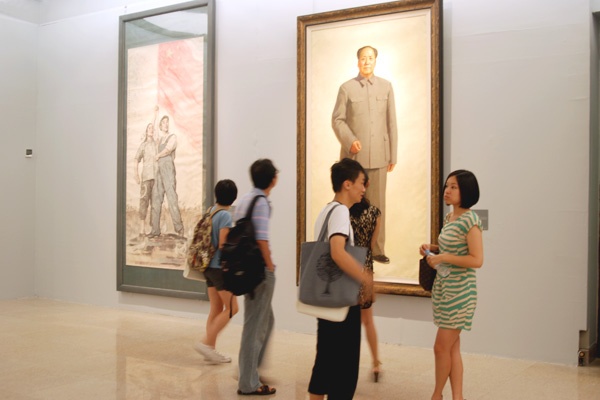 Exhibition View
Exhibition View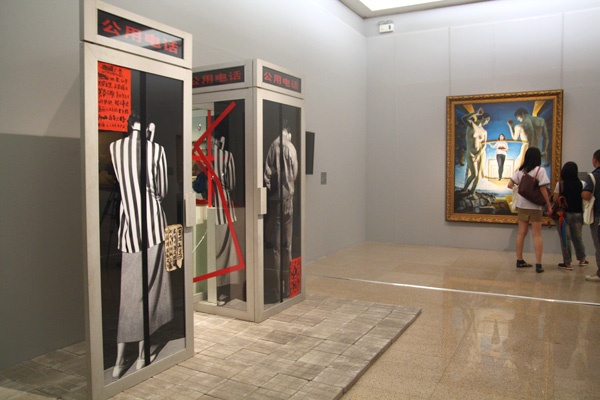 Exhibition View
Exhibition View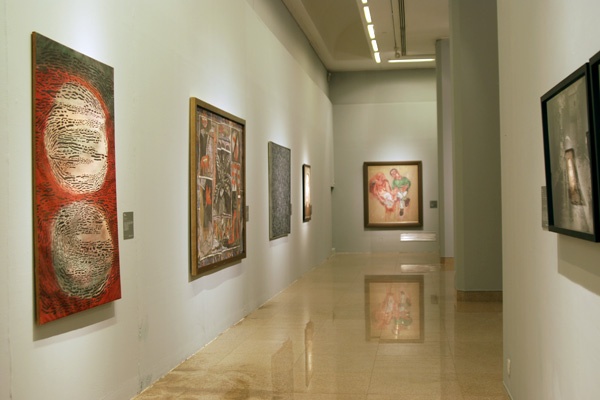 Exhibition View
Exhibition View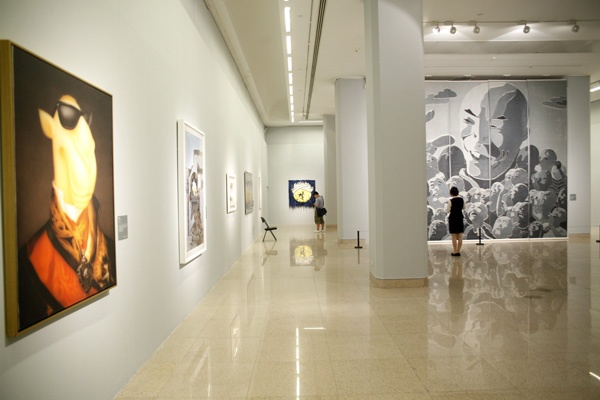 Exhibition View
Exhibition View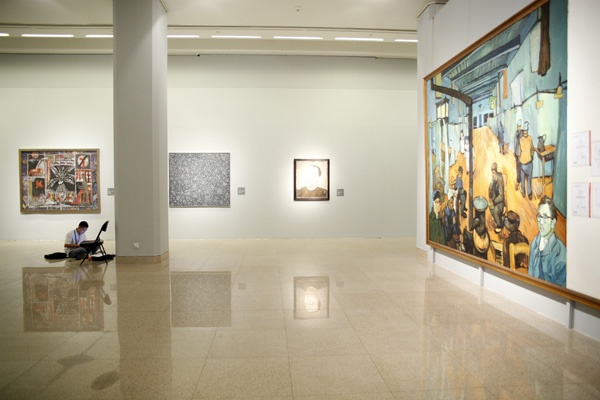 Exhibition View
Exhibition View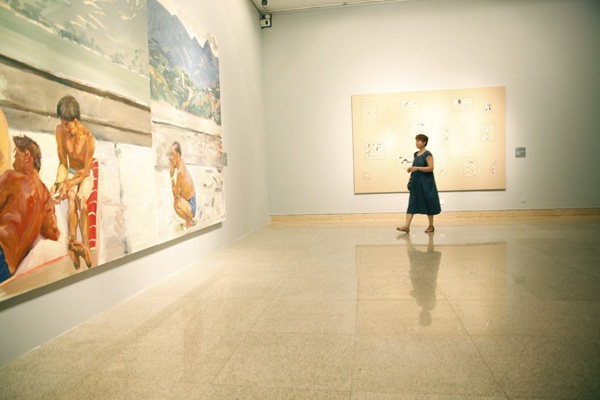 Exhibition View
Exhibition View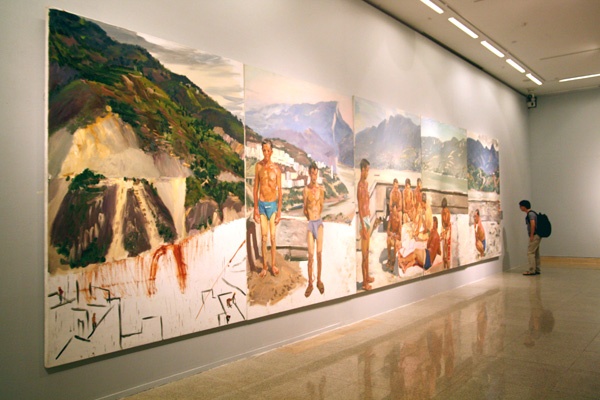 Exhibition View
Exhibition View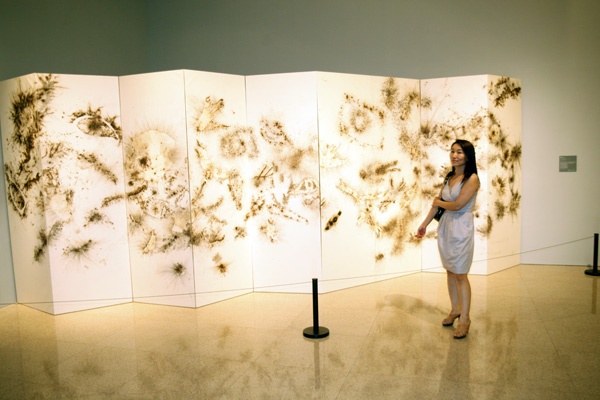 Exhibition View
Exhibition View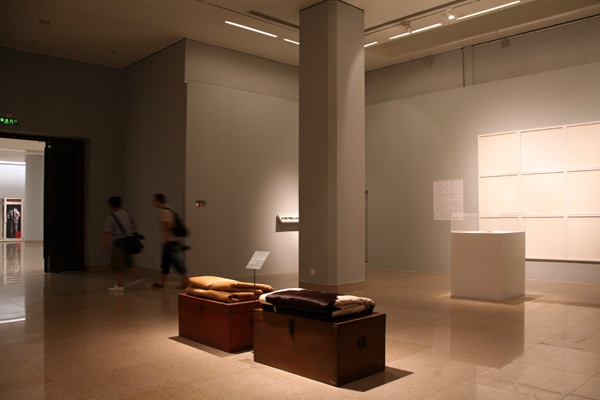 Exhibition View
Exhibition View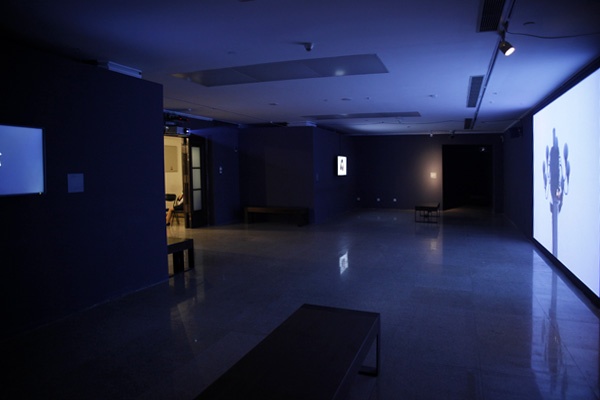 Exhibition View
Exhibition View





